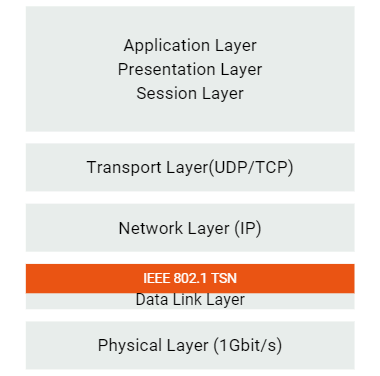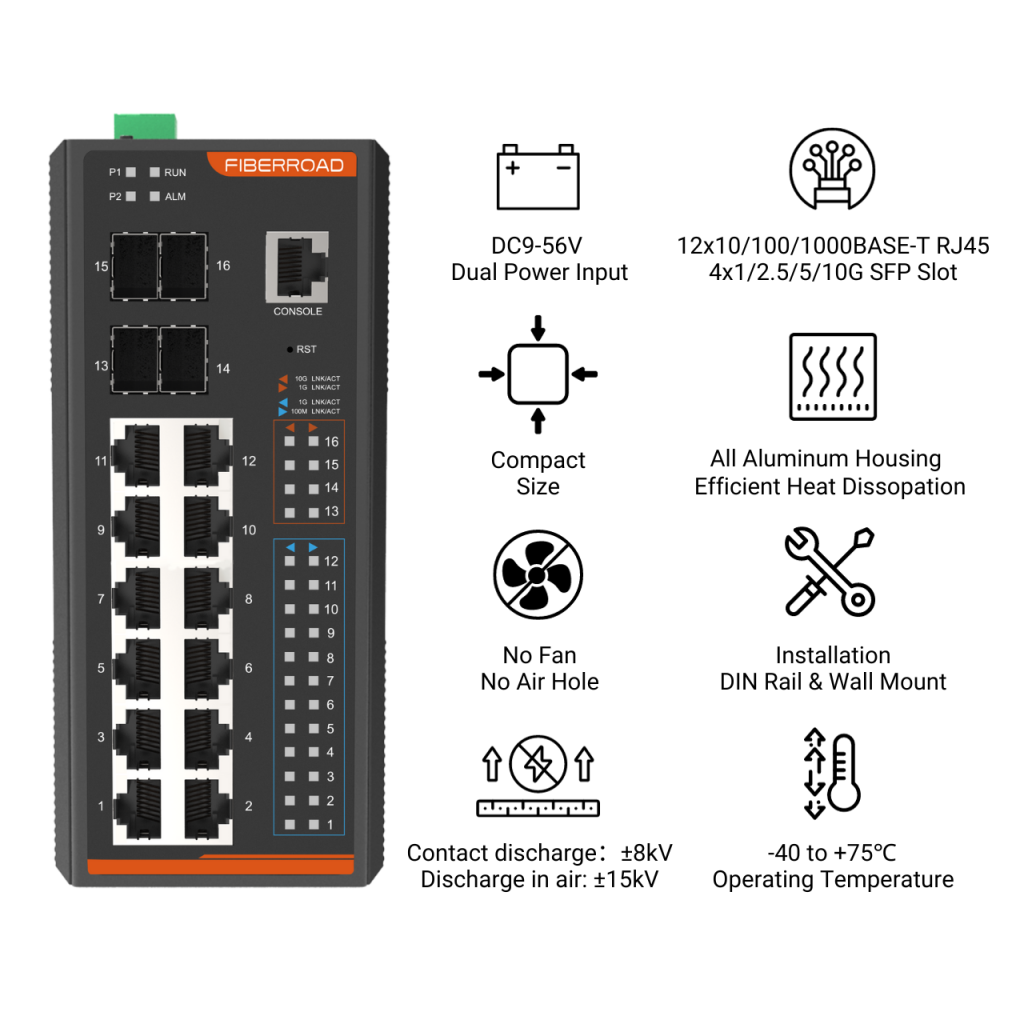What is Time Sensitive Network(TSN)?
TSN(Time Sensitive Network) is a group of IEEE 802.1 standards. They help make regular Ethernet networks run more reliably. TSN is a way to make sure networks are fast and messages arrive on time. It guarantees low latency and jitter and sets limits on how long messages take to travel. These characteristics matter for various uses, including industrial automation, automotive, and avionics systems that need immediate control of physical devices.
TSN uses a time-synchronization mechanism such as the Precision Time Protocol (PTP) to ensure that all nodes in the network have a common view of time. TSN lets us schedule packets in advance, so they arrive on time. It also controls traffic flow and congestion, prioritizing real-time traffic over standard traffic. TSN can handle lost or damaged packets too.
How does Precision Time Protocol (IEEE 1588) compare with TSN?
Precision Time Protocol (PTP) is a protocol used to synchronize clocks throughout a network. In a network, Precision Time Protocol (PTP) is used to synchronize clocks. When used with specialized hardware, PTP can achieve sub-microsecond accuracy by providing timing information to slave clocks. PTP has a master-slave relationship in which the master clock provides timing information to the slave clocks.
TSN is a set of guidelines that facilitate reliable and speedy communication via Ethernet. Among its key features are time synchronization, quality of service, and traffic shaping. TSN finds practical application in diverse fields like industrial control, the automotive industry, and avionics.IEEE 1588 is a standard that defines how PTP should be implemented. TSN is an emerging standard that builds on IEEE 1588 to provide additional functionality for time-sensitive networking.
| TSN Standards | ||
|---|---|---|
| Standard | Definition | Title of Standard |
| IEEE 802.1ASrev, IEEE 1588 | Timing and synchronization | Enhancements and performance improvements |
| IEEE 802.1Qbu and IEEE 802.3br | Forwarding and queuing | Frame preemption |
| IEEE 802.1Qbv | Forwarding and queuing | Enhancements for scheduled traffic |
| IEEE 802.1Qca | Path control and reservation | Path control and reservation |
| IEEE 802.1Qcc | Central configuration method | Enhancements and performance improvements |
| IEEE 802.1Qci | Time-based ingress policing | Per-stream filtering and policing |
| IEEE 802.1CB | Seamless redundancy | Frame replication and elimination for reliability |
Table 1 : TSN Standard
NOTE: Not all standards shown in the above table are required to support TSN. Fiberroad’s TSN series products support IEEE 1588(PTPv2), IEEE 802.1AS, IEEE 802.Qbv, IEEE 802.1Qcc, IEEE 802.1Qav.
What TSN Can Do for the Internet of Things (IoT)
The Internet of Things (IoT) is a growing network of devices that are connected to the Internet. These devices can include everything from thermostats and cars to manufacturing equipment and hospital machines. As the IoT grows, so does the need for a reliable and efficient way to send data between devices. This is where Time Sensitive Networking (TSN) comes in.
TSN refers to a collection of standards that establish the guidelines for transmitting time-sensitive data over a network. Its primary objective is to ensure that data is transmitted with the least possible delay, jitter, and latency. This feature is vital in applications where even a single millisecond can makes a significant difference, such as in medical equipment or industrial automation. Moreover, TSN helps to reduce the overall expense of an IoT system by eliminating the need for specialized hardware and software solutions.
When selecting a networking protocol for an IoT application, one should consider various factors. However, if instant data transfer is crucial, TSN should be the primary choice.

Figure 1 : TSN in the OSI Layer Model
Fiberroad’s Cutting-Edge TSN Ethernet Switch for Seamless IIoT Connectivity
Fiberroad FR-TSN4412 This powerhouse utilizes Time-sensitive Networking (TSN) technology and IEEE 1588 Precision Time Protocol (PTPv2) for impeccable time synchronization on all ports – ensuring every operation runs seamlessly in harmony. The FR-TSN4412 effortlessly supports TSN IEEE standards essential for a complete real-time communication solution that exceeds expectations at every turn. From utilizing the incredible IEEE 802.1AS-REV profile for unmatched time synchronization to harnessing the power of IEEE 802.1Qbv Enhancements for Scheduled Traffic and IEEE 802.1Qbu Frame Preemption to optimize data transmission efficiency; this switch has got it all covered!

Benefits of Using TSN
• With the synchronization of data across multiple devices, TSN effectively minimizes latency, ensuring that vital information is delivered in a timely manner, without any delays..
• Improved Reliability: TSN protocols are designed to provide reliable, deterministic communication. This is essential for applications where downtime is not an option, such as factory automation or video streaming.
• Enhanced Security: TSN uses a number of techniques to improve security, including encryption, authentication, and authorization. TSN also uses a unique timing mechanism to ensure that packets are delivered in a timely manner.
• By enabling devices to effectively share resources, TSN promotes increased efficiency, leading to reduced costs and optimal utilization of resources.






